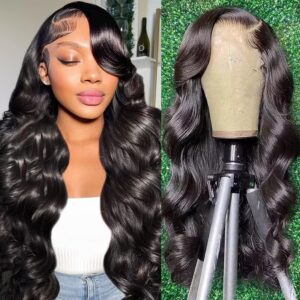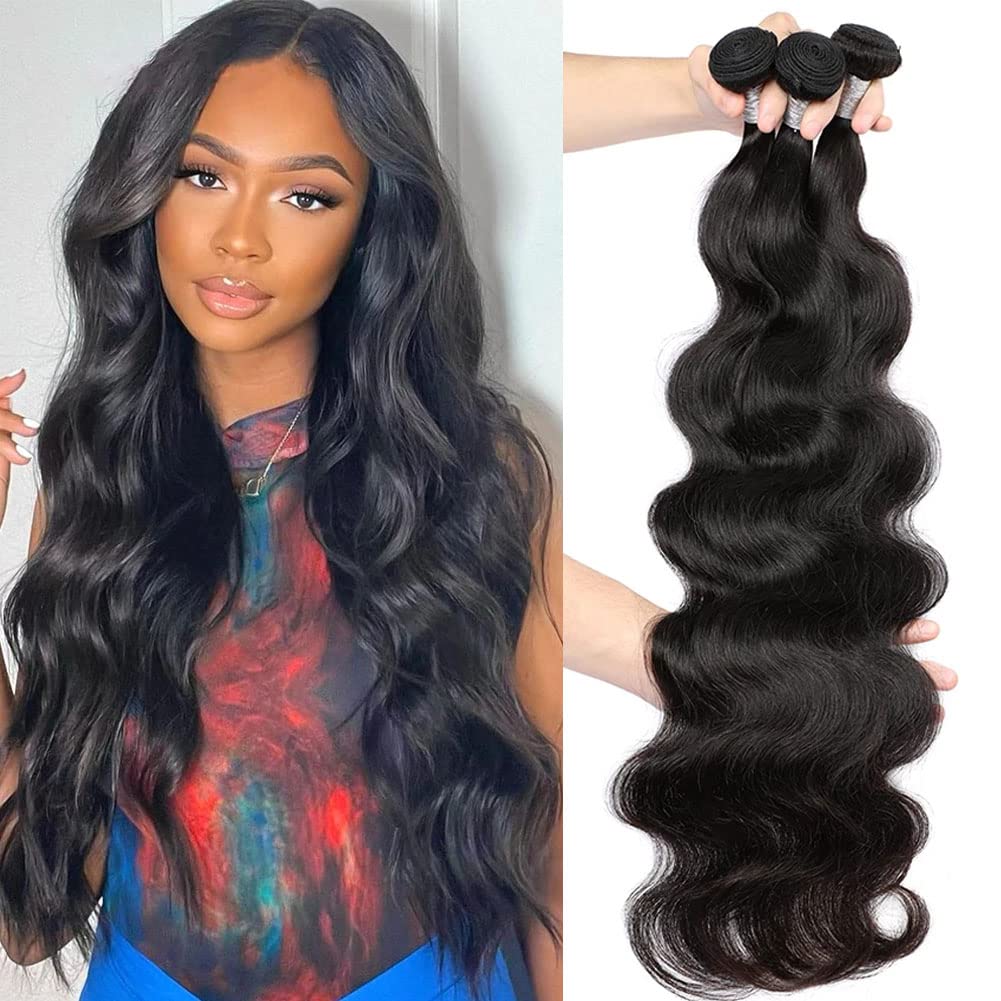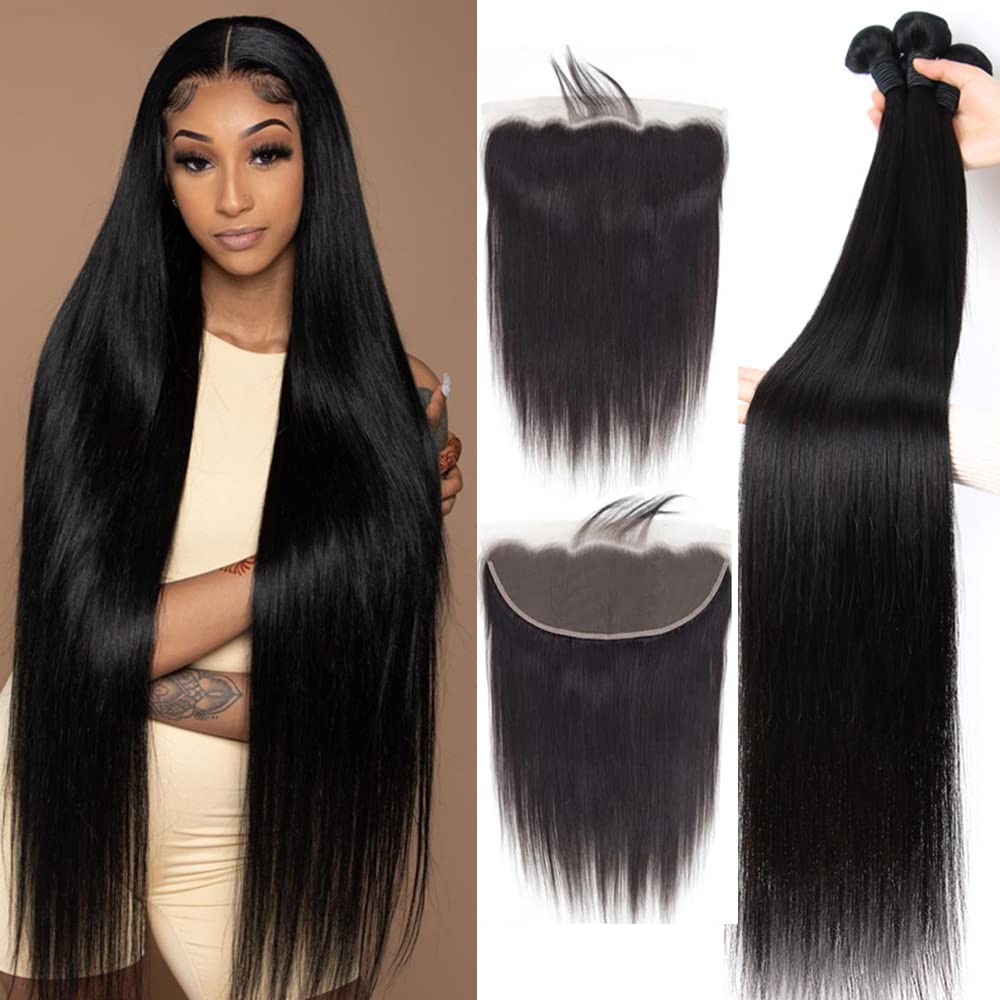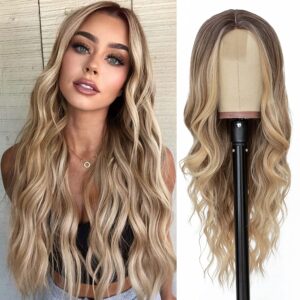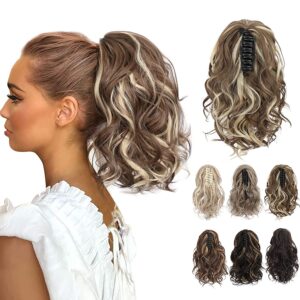Winter is a beautiful season filled with snowflakes and cozy moments, but it can be tough on your wigs. Cold, dry air and winter accessories like hats and scarves can pose challenges for wig wearers. However, with a few simple tips and tricks, you can keep your wig looking fabulous throughout the winter months. In this article, we’ll explore some easy and popular ways to care for your wig during the winter season.
1. Moisturize, Moisturize, Moisturize
Just like your skin, your wig needs some extra hydration during the winter. The cold air can suck the moisture out of your wig fibers, making them frizzy and lifeless. To combat this, Moisturizing your human hair wig during winter is essential to keep it looking its best.

Use Hydrating Wig Products
Choose a high-quality, sulfate-free wig shampoo and conditioner specifically designed for human hair wigs. These products are formulated to provide essential moisture without stripping the hair’s natural oils.
Gentle Washing and Conditioning
Wash the wig with cold water and a mild sulfate-free shampoo. Be gentle during the washing process to prevent tangling or damage. After washing, apply a small amount of conditioner to the mid-lengths and ends, leaving it on for a few minutes to deeply moisturize the hair.
Proper Drying and Styling
Pat the wig dry with a clean, soft towel to remove excess water. Avoid wringing or twisting the hair, as this can cause damage. When styling, use the lowest heat setting on your blow dryer and avoid direct heat exposure. Alternatively, let the wig air dry on a wig stand to maintain its integrity.
Regular Maintenance and Protection
Apply a leave-in conditioner or wig shine spray to maintain the wig’s softness and shine. When wearing your wig outdoors in winter, protect it from the cold and dry air by wearing a hat, scarf, or wig cap. Regularly repeat the moisturizing routine to keep your human hair wig in great condition throughout the winter season.
2. Avoid Excess Heat in Winter
Winters often make us crave warm and toasty indoor environments, but too much heat can be detrimental to your wig. Overexposure to indoor heating or direct heat sources can cause your wig fibers to become brittle and lose their shape. Whenever possible, maintain a moderate and consistent room temperature to protect your wig’s integrity.
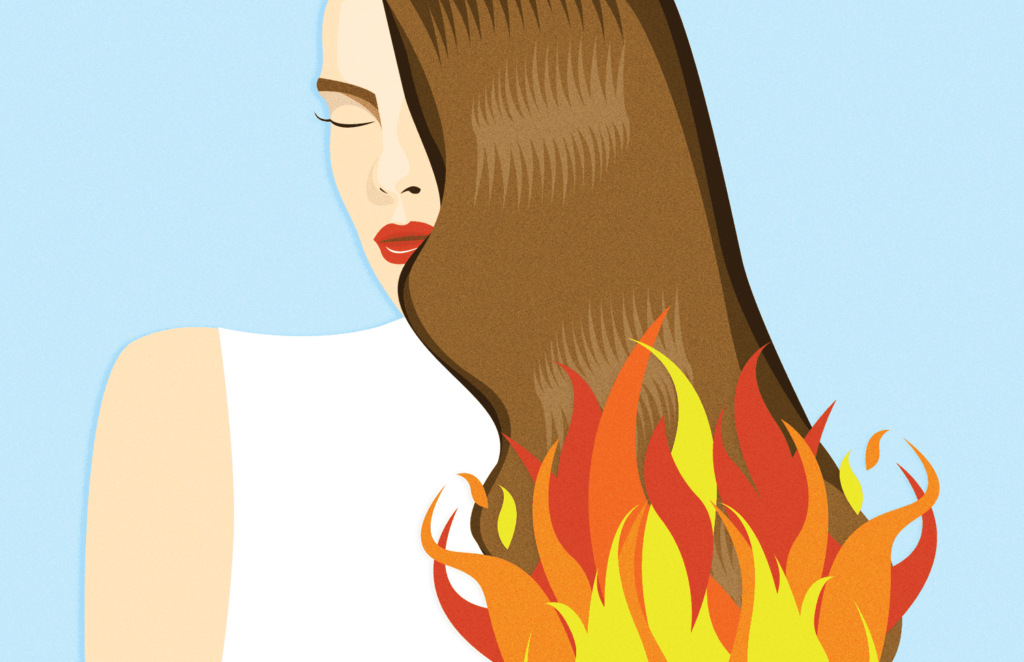
Choose Appropriate Wig Materials
Opt for natural human hair wigs or heat-resistant synthetic wigs, as they are better equipped to withstand heat. Human hair wigs are generally more heat-resistant and can be styled with low to moderate heat. Heat-resistant synthetic wigs can tolerate some heat styling, but it’s essential to follow the manufacturer’s guidelines.
Limit Heat Styling
Minimize the use of heat styling tools, such as curling irons, straighteners, and blow dryers, on your wig. Excessive heat can cause irreparable damage to the wig fibers. When heat styling is necessary, use the lowest effective heat setting and apply a heat protectant spray to shield the wig from damage.
Practice Caution and Store Properly
Be mindful of potential heat sources, such as open flames, hot objects, and direct sunlight. Protect your wig from these sources to prevent melting or damage. Additionally, store your wig in a cool, dark place when not in use to avoid unnecessary heat exposure and maintain its quality.
3. Wearing Hat and Scarf Precautions
Hats and scarves are must-haves during winter, but they can also create friction against your wig, causing tangling and matting. To avoid this, consider wearing a wig cap under your wig. This extra layer acts as a barrier between your wig and your winter accessories, preventing friction-related damage.

Use a Wig Cap as a Barrier
Consider wearing a wig cap underneath your wig. A wig cap acts as a protective barrier between your wig and winter accessories like hats and scarves. It helps prevent friction, tangling, and potential damage to the wig fibers.
Choose Wig-Friendly Hats and Scarves
Opt for winter accessories made of smooth, soft, and non-abrasive materials, such as silk or satin linings. Avoid woolen or rough-textured hats and scarves that may cause friction or static, potentially leading to tangling or matting of the wig.
Secure Your Wig Properly
Ensure that your wig is securely in place to minimize the chances of it shifting or becoming dislodged when putting on or removing hats and scarves. You can use wig grips or adjustable straps to secure the wig more firmly, giving you peace of mind during winter outings.
4. Proper Storage in Winter
When you’re not wearing your wig, ensure it’s stored correctly. Use a wig stand or a mannequin head to maintain its shape. Avoid packing it in a tight space, as this can lead to creases and deformities in the wig. Keeping it on display not only preserves its shape but also allows air to circulate, preventing musty odors.

Use a Wig Stand or Mannequin Head
Invest in a wig stand or a mannequin head designed for wig storage. These tools help maintain the wig’s shape and prevent it from developing creases or deformities. When not wearing the wig, place it on the stand or head, ensuring it remains in its original style.
Allow for Air Circulation
Avoid storing your wig in a tight or enclosed space, such as a plastic bag or a small box. Adequate air circulation is essential to prevent musty odors and maintain the wig’s freshness. Store the wig in a cool, dry place with room for air to circulate around it.
Protect from Dust and Direct Sunlight
Cover the wig with a breathable fabric, like a wig net or a clean, cotton pillowcase, to protect it from dust and prevent potential tangling. Ensure that the storage area is away from direct sunlight, as prolonged exposure can cause color fading and heat buildup, which may affect the wig’s quality.
5.Brush with Care in Winter
During the winter, it’s essential to be gentle while brushing your wig. Use a wide-toothed comb or a brush specially designed for wigs. Start from the ends and work your way up slowly, detangling any knots without pulling too hard. This reduces the chances of damaging the wig’s fibers.

Use a Gentle Approach
Always use a wide-toothed comb, a wig brush, or a specialized wig comb designed for wigs. Start at the tips or ends of the wig and gently work your way upward. Be patient and avoid pulling or tugging, as this can lead to hair breakage or damage.
Detangle Before Brushing
If your wig has become tangled or matted, take the time to detangle it before brushing. Use your fingers or a detangling spray to gently work out any knots. This will make the brushing process smoother and reduce stress on the wig fibers.
Brush in Sections
If your wig is long or has layers, consider brushing it in sections to prevent overstretching or damaging the cap. Hold the wig at the base near the cap and gently brush each section from the ends to the roots. This method helps maintain the wig’s shape and prevents excessive stress on the hair.
6. Clean Your Wig Regularly
Wigs tend to collect dust and pollutants, which can make them look dull. Regular cleaning is crucial, but be sure to follow the manufacturer’s instructions for your specific wig type.
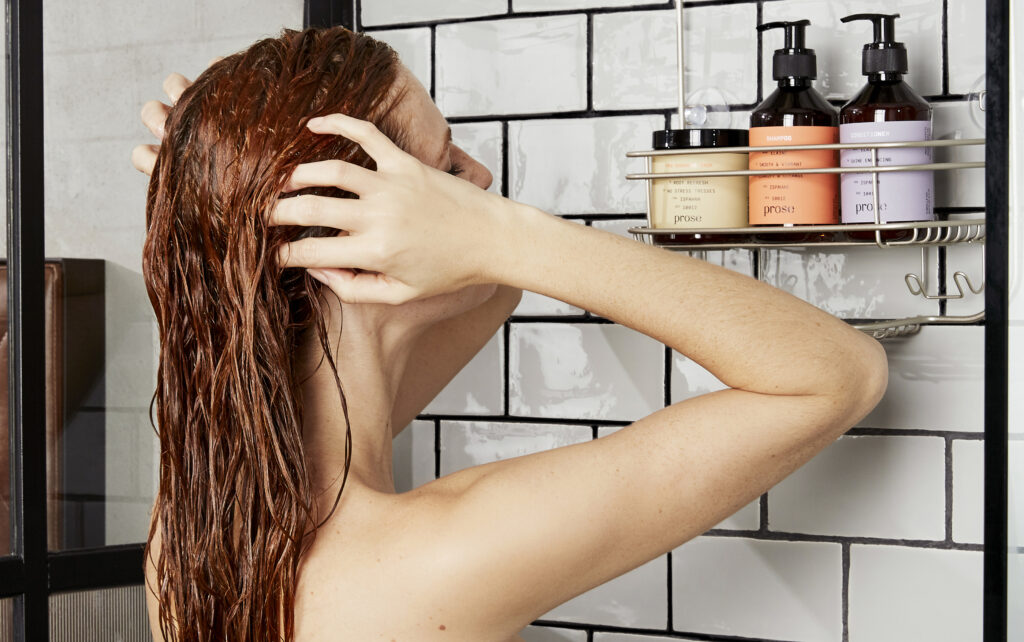
Use a Mild Wig Shampoo
Select a mild, sulfate-free wig shampoo that is specifically designed for wigs. Sulfates can be harsh on wig fibers, so it’s important to use a gentle shampoo to clean the wig effectively without causing damage.
Wash with Cold Water
Use cold water for washing your wig. Hot water can strip the wig’s natural oils and lead to dryness. Gently work the shampoo through the wig, avoiding excessive scrubbing, which can cause tangling or damage.
Proper Drying Technique
After washing, gently pat the wig dry with a clean, soft towel to remove excess water. Avoid wringing or twisting the hair, as this can lead to damage. If you choose to blow dry the wig, use the lowest heat setting and avoid direct heat exposure. Alternatively, you can let the wig air dry on a wig stand or mannequin head.
7. Be Mindful of Static in Winter
Winter often brings static electricity, which can make your wig stand on end. To prevent this, use an anti-static product designed for wigs or lightly spritz your wig with a mixture of water and a few drops of fabric softener.

Choose the Right Wig Materials
Opt for wigs made from materials that are less prone to static, such as human hair wigs or heat-resistant synthetic wigs. These materials are less likely to generate static electricity than some synthetic wig types.
Use Anti-Static Products
Apply an anti-static product specifically designed for wigs. These products come in the form of sprays or sheets and can help reduce static buildup. Lightly spritz your wig with an anti-static product or gently rub a sheet over the wig to keep it static-free.
Moisturize the Wig
Dryness can contribute to static, so ensure your wig is adequately moisturized. Use a leave-in conditioner or wig shine spray to keep the wig’s fibers hydrated, which can help reduce static electricity.

